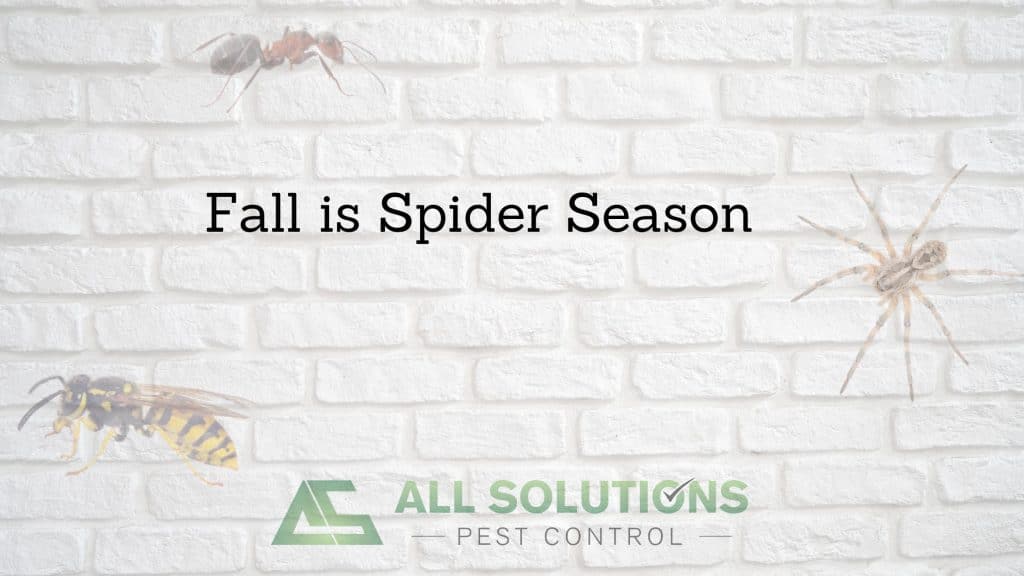Just as the leaves begin to turn and our thoughts turn to the holidays such as Halloween and Thanksgiving we are reminded of the splendor of autumn. As we all prepare for these upcoming holidays, we are faced with a potential infestation of one of our enemies, the spider.
Is your home warm and dry? Most of us prefer it that way. This is also the perfect environment for a spider to live in. They prefer it as a matter of fact. Sure, there are some that are the outdoorsy type and don’t move into our homes but those are not the ones that we are concerned with. It is the ones that move in that bring us real problems.
Spiders
There are over 45,000 different species of spiders all over the world. To put your mind at ease, most of these are harmless but that does not lessen the scare that most people associate with them. There are some that are considered dangerous, with less than 30 species are responsible for human deaths. It doesn’t mean that the venomous ones, or the non-venomous, do not pack a punch with their bite.
The Fall Season
During the beginning of autumn, you may notice that the leaves begin to turn color. This indicates one of the most beautiful times of the year and spiders feel the same way. You make take notice of an increase in the number of spiders that you see. Since they are reclusive by nature seeing them out does not mean that they were not already there.
This is not to say that seeing the increase in spiders during the entire fall season is normal. They tend to only be more active during the beginning of the fall season which typically occurs during the months of September and October.
Why Autumn
During the initial month or so of autumn the spider comes out looking for a mate. This sole reason accounts for the increase in spiders that you will see. You may or may not be interested to know that the majority of the spiders that you will see during this time. This will also account for the increase in webs that you may see around your house and elsewhere also. Traditionally male spiders do not make webs since they are always on the move but in order to attract a mate some male spiders must build a web.
The Sad Life of a Male Spider
The female spider must concentrate on building the nest and laying eggs. This takes an extraordinary amount of energy for her. So therefore, after the male spider has mated, in many species he is eaten by the female spider. In other species of spider, completing his sole mission in life (to reproduce) he dies. Yet in other species they continue to live.
Baby Spider Season
Anywhere from a few weeks to a couple of months later another spider season occurs, baby spider season. Depending on the species of spider you may only notice a few more spiders around since they only have a few at a time to thousands of spiders. These spiderlings, as they are called, are usually only a temporary problem.
They will head out and look to make their own way through life. If they don’t walk away on their own, they will be carried away in a gust of wind and be expected to grow into full fledged spiders. After they reach approximately, again, this differs with species, two years of age the circle of life starts once again for them.
Conclusion
The life of a spider is a sad one. They are hated, despised, and feared more than most other bugs. Some have earned this reputation, most have not. They tend to be more scared of us than we are of them.
At the first sign of autumn is the time of year that they come out to mate, to propagate the species. They are just doing what they are called to do. While they can pose certain health risks, they are mostly harmless. Still, the majority of us do not want them in our homes. Now that you know why they are more prolific at this time, you may want to take precautionary measures for yourself and your home.
